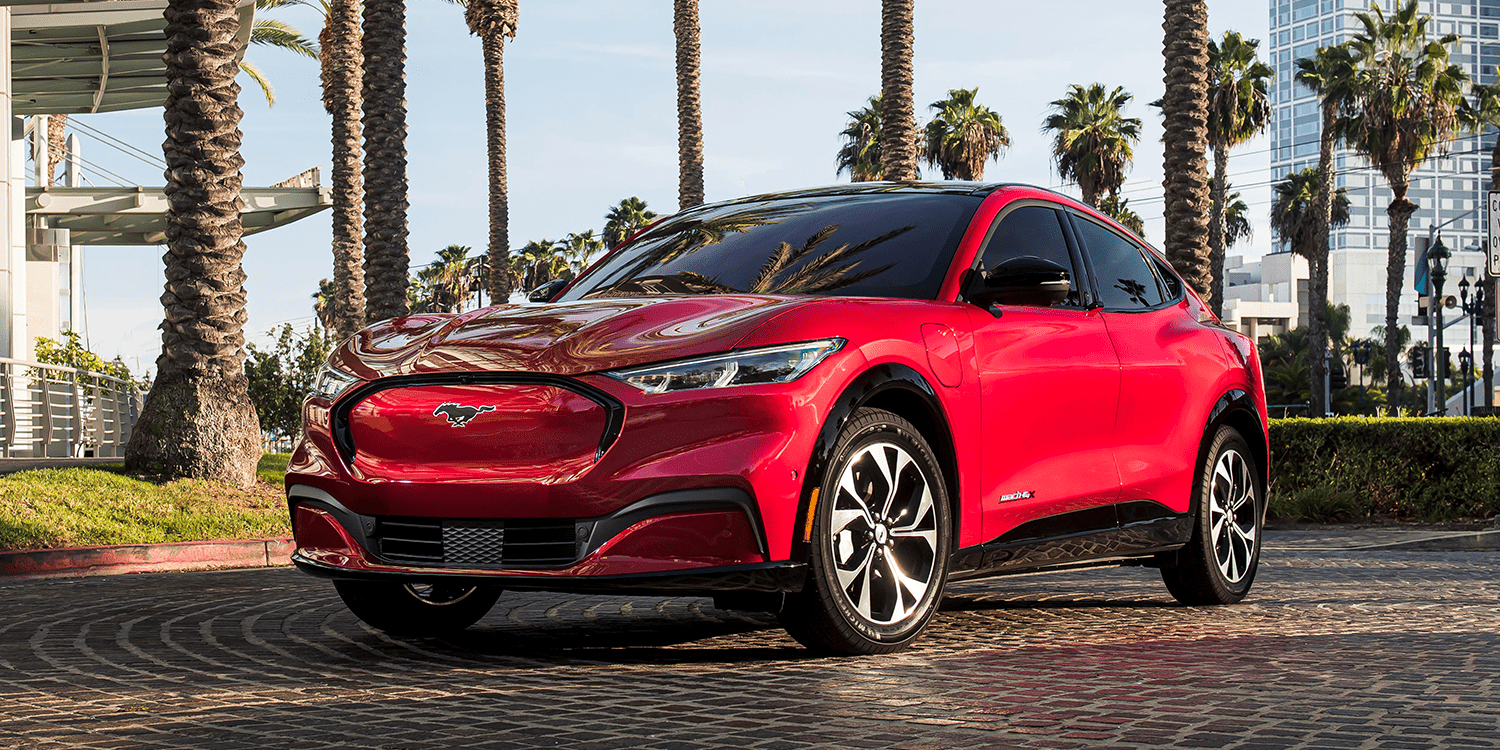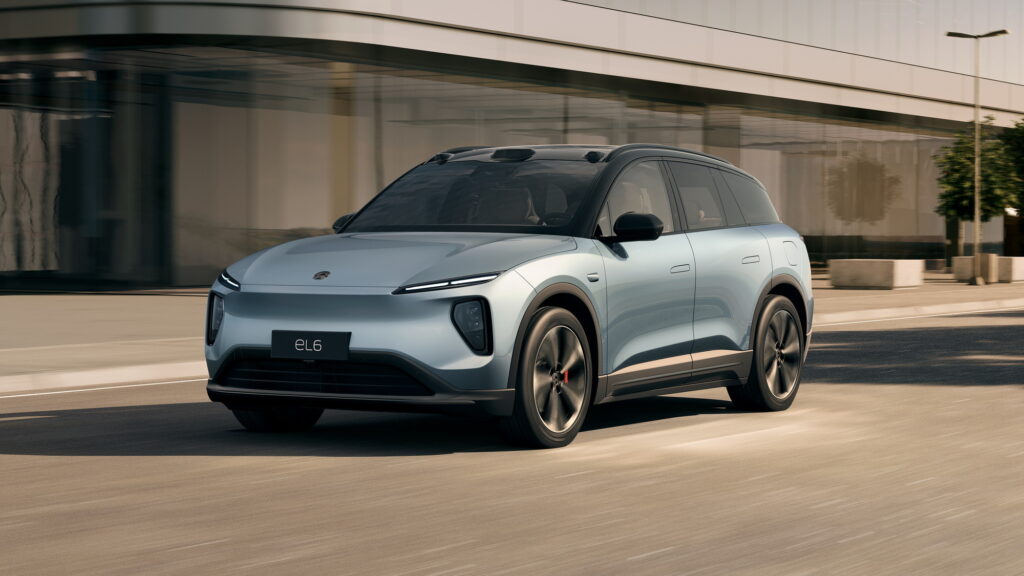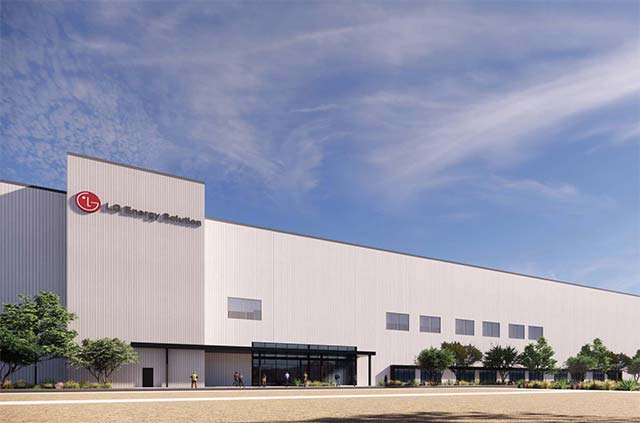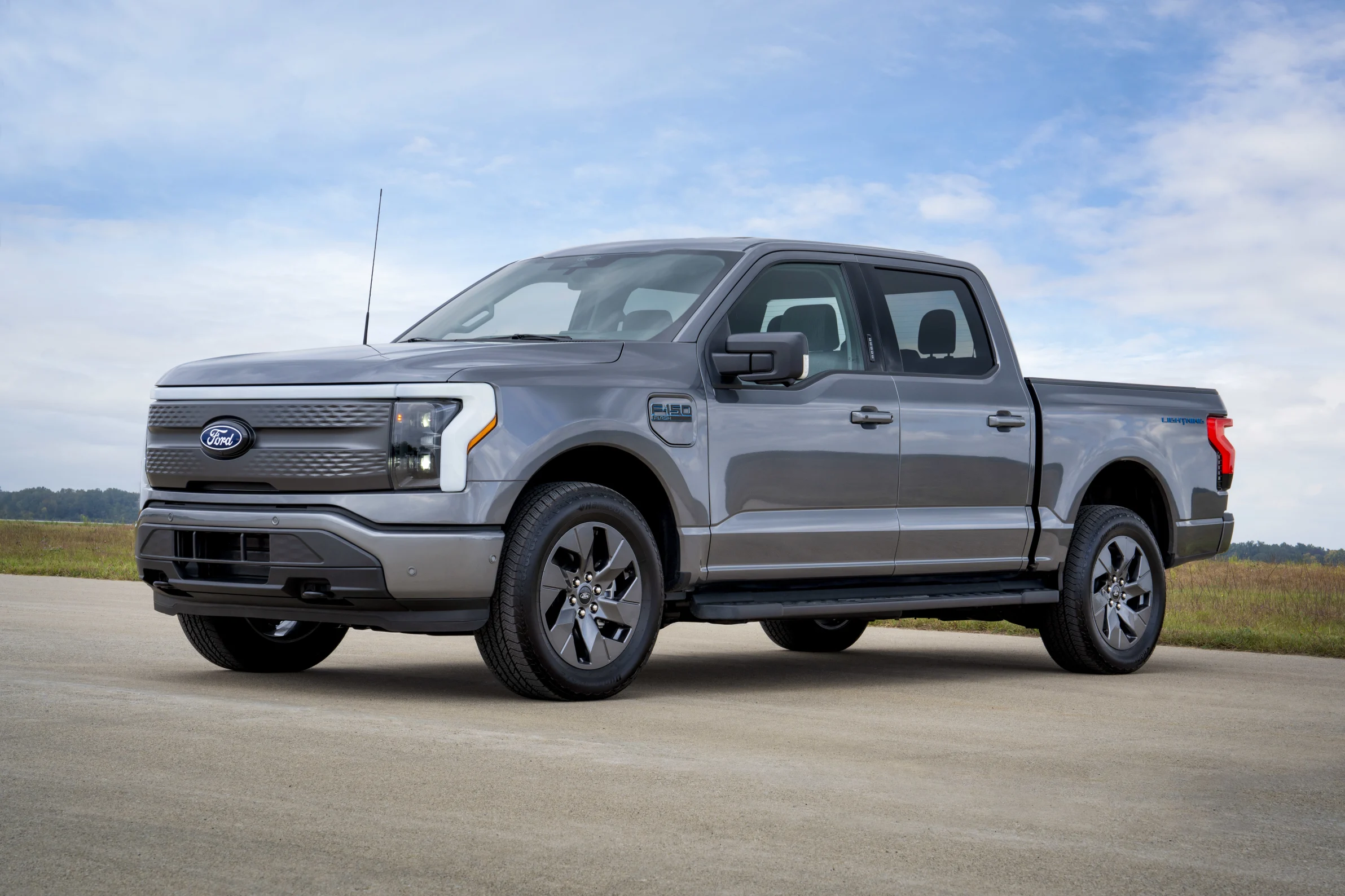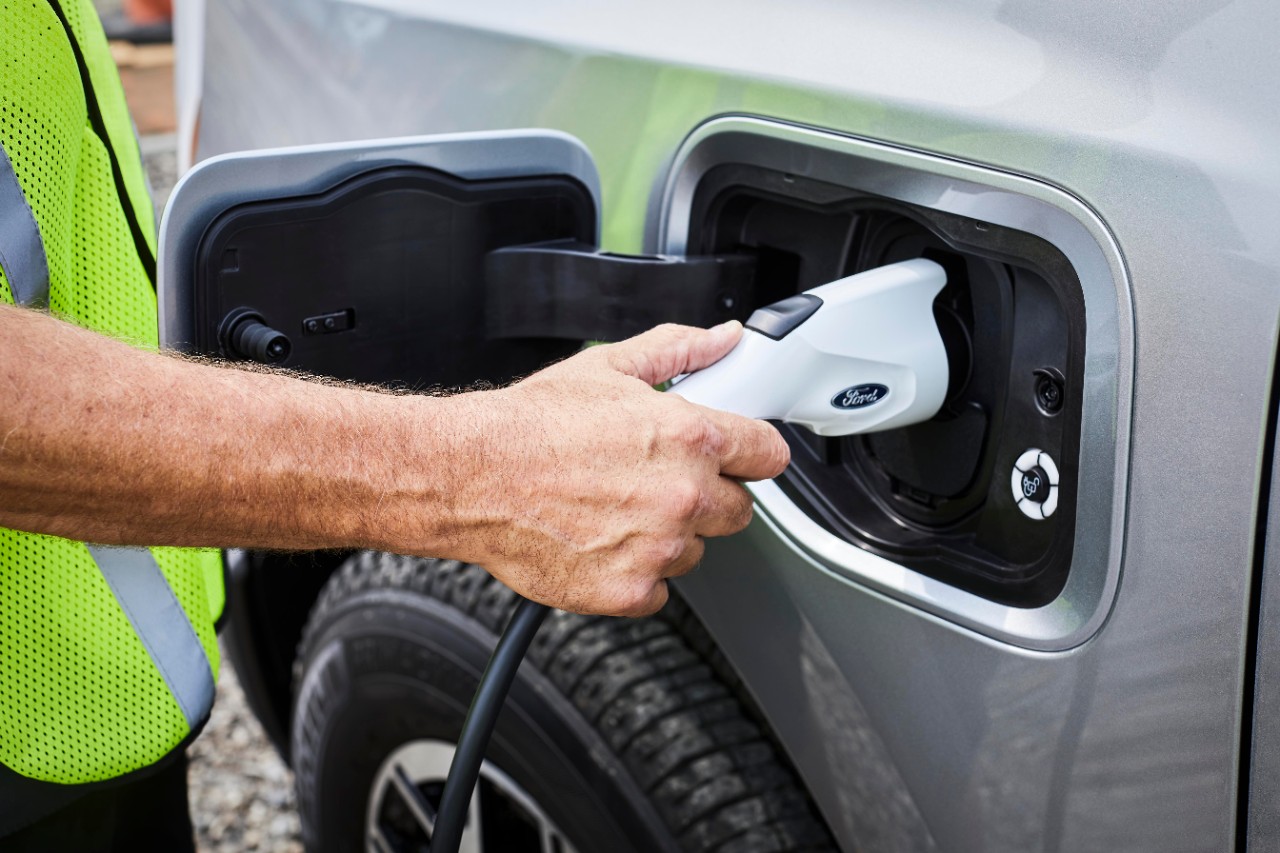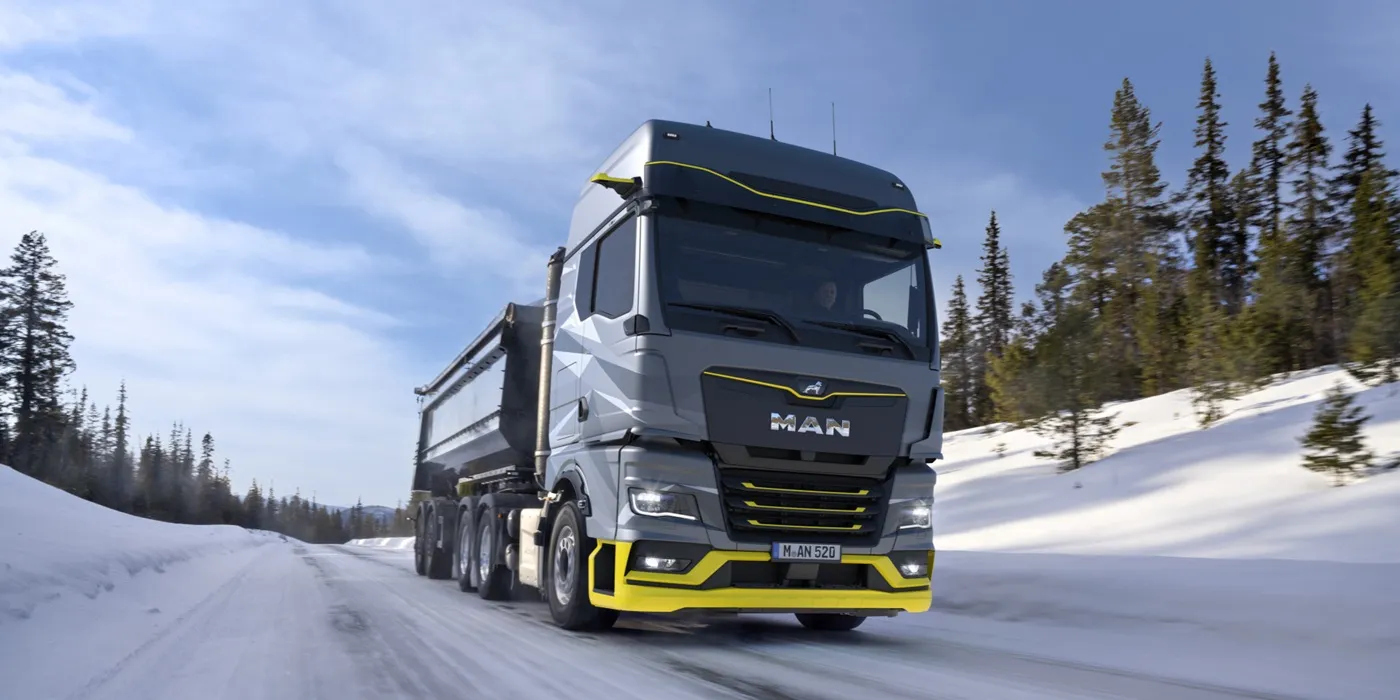U.S. safety investigators are delving into two separate crashes involving Ford Mustang Mach-E vehicles equipped with advanced driver assistance systems, raising concerns about the technology’s role in these incidents.
In the first crash on February 24, on Interstate Highway 10 in San Antonio, Texas, a Ford Mustang Mach-E collided with a stationary Honda CR-V, resulting in the death of the Honda driver. The National Transportation Safety Board (NTSB) revealed that the Ford was utilizing “BlueCruise,” Ford’s advanced hands-free driving system, at the time of the crash.
According to the NTSB, data from the vehicle indicated that the Ford driver had been operating in BlueCruise mode before the fatal collision. A witness traveling in front of the Ford reported that the stationary Honda did not have its tail or hazard lights illuminated, leading to speculation about why the vehicle was stopped on the interstate.
In a separate incident on March 3 in Philadelphia, a Ford Mustang Mach-E struck two stationary vehicles on the I-95 interstate highway, resulting in the deaths of two individuals and significant traffic disruption. The NTSB and the National Highway Traffic Safety Administration (NHTSA) are investigating this crash as well, suspecting the use of an advanced driver assistance system.
Ford’s BlueCruise system is designed for use on 97% of U.S. and Canadian highways without intersections or traffic signals, offering drivers a hands-free driving experience in certain conditions.
NHTSA has opened special crash investigations into both the San Antonio and Philadelphia crashes, highlighting the agency’s scrutiny of emerging technologies in the automotive industry. Automakers are required to report all fatal crashes involving advanced driver assistance systems to NHTSA.
In response to the investigations, Ford stated, “We are researching the events of March 3 and collaborating fully with both agencies to understand the facts.” The company was recently made aware of the Philadelphia crash by the NTSB and subsequently informed NHTSA.
The incidents involving the Ford Mustang Mach-E add to a series of investigations by NHTSA and the NTSB into advanced driver assistance systems, including those in Tesla vehicles. Since 2016, NHTSA has initiated over 40 special crash investigations involving Tesla vehicles with driver systems suspected of being engaged, resulting in 23 crash deaths reported to date.
These investigations underscore the complexities and challenges associated with the integration of advanced driver assistance systems into modern vehicles and the ongoing efforts by regulators to ensure the safety of these technologies on the roads.

